This post may contain affiliate links which means I may receive a commission for purchases made through links. Learn more on my Private Policy page.
Have you ever wondered how farmers determine the quality and viability of their seeds before planting? In the world of farming, knowing whether a seed is alive and capable of germination is crucial for a successful crop yield. In this article, we will explore an array of seed viability testing methods that farmers can employ to ensure they are sowing the best seeds for a bountiful harvest. From the simple and time-tested methods like the Tetrazolium test to the more advanced techniques such as the electrical conductivity test, we will uncover the science behind seed viability testing and how it can benefit farmers in their quest for abundant and healthy crops. So, join us as we demystify the world of seed viability testing and equip you with the knowledge to make informed decisions for your farming endeavors.
Introduction to Seed Viability Testing
Importance of seed viability testing
Seed viability testing plays a crucial role in the agricultural industry. It allows farmers to determine the germination potential and overall quality of their seeds. By conducting these tests, farmers can make informed decisions regarding planting strategies and seed sourcing, ultimately maximizing their crop yields and profitability.
Definition of seed viability
Seed viability refers to the ability of a seed to germinate and produce viable plants. In simpler terms, it determines whether a seed is capable of growing into a healthy and productive plant. Seed viability testing helps farmers assess the quality and potential performance of their seeds before planting.
Benefits for farmers
Seed viability testing offers several benefits for farmers. Firstly, it enables them to evaluate the quality of their seeds, ensuring that only the highest quality seeds are used for planting. This reduces the risk of crop failure and increases the chances of a successful harvest. Additionally, by identifying low-viability seeds, farmers can optimize their seed usage, saving both time and resources. Seed viability testing also aids in maintaining seed quality over time, as it allows farmers to monitor the longevity and potential deterioration of their seed stock.
Factors Affecting Seed Viability
Genetic factors
The genetic makeup of seeds greatly influences their viability. Different plant varieties have varying levels of natural seed dormancy, which affects germination rates. Some seeds may have built-in mechanisms that delay germination until specific conditions are met. It is important for farmers to understand the genetic characteristics of their seeds in order to accurately assess their viability.
Environmental factors
The environment in which seeds are stored and germinated significantly impacts their viability. Temperature, moisture, and light are crucial factors that can either promote or hinder seed germination. Extreme temperature fluctuations, high humidity, and exposure to direct sunlight can all negatively impact seed viability. Proper environmental control is essential to maintain seed quality and optimize germination rates.
Storage conditions
The way seeds are stored can heavily influence their viability. Factors such as temperature, humidity, and air circulation must be carefully regulated to ensure optimal seed storage. Seeds should be stored in cool, dry environments to minimize the risk of mold growth and seed deterioration. Improper storage conditions can lead to reduced seed viability and poor germination rates.
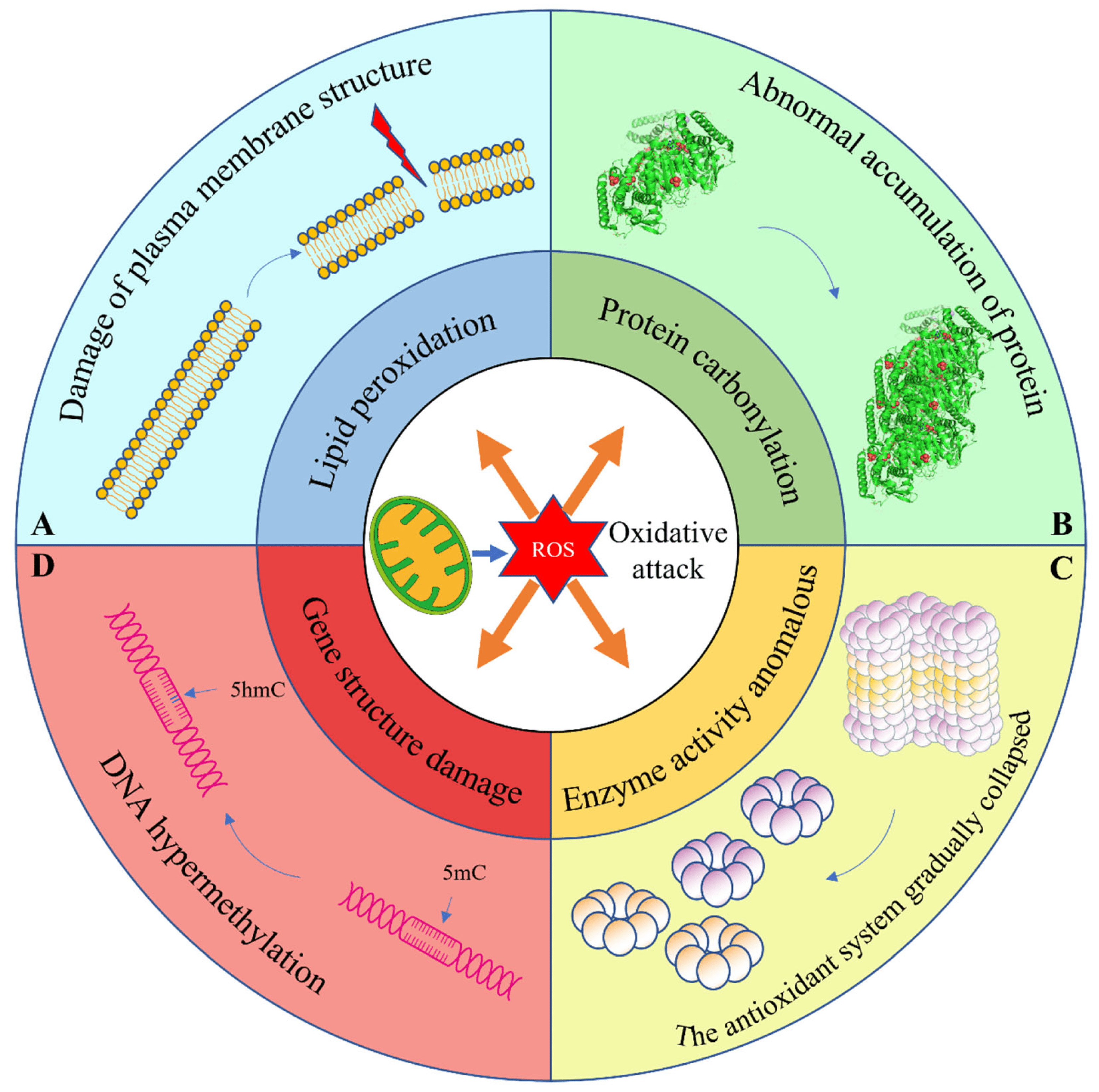
Traditional Seed Viability Testing Methods
Germination testing
Germination testing is one of the most commonly used methods for assessing seed viability. It involves placing seeds in a controlled environment that replicates ideal growing conditions and monitoring their ability to germinate. By observing the number of seeds that successfully germinate within a specific time frame, farmers can determine the viability of their seed batches.
Tetrazolium chloride (TTC) test
The TTC test is a widely used technique for determining seed viability. It involves treating seeds with a solution of TTC, which changes color in the presence of viable tissues. By assessing the intensity and uniformity of color change, farmers can identify viable and non-viable seeds. This test is particularly useful for large seed batches, as it provides quick and accurate results.
Cutting test
The cutting test is a simple yet effective method for assessing seed viability. It involves cutting seeds open and inspecting their internal characteristics. Viable seeds typically exhibit a clear and plump embryo, while non-viable seeds may appear discolored, shrunken, or damaged. This method allows farmers to visually assess seed viability without the need for specialized equipment.
Visual assessment
Visual assessment is a subjective method that relies on the experience and knowledge of the farmer. By closely examining the physical appearance of seeds, such as color, shape, and size, farmers can make educated guesses about their viability. While this method may not provide the same level of accuracy as other testing methods, it can still offer valuable insights when used in combination with other techniques.
Advanced Seed Viability Testing Methods
Accelerated aging test
The accelerated aging test is a highly reliable method for determining seed viability. It involves subjecting seeds to accelerated aging conditions, such as high temperature and high humidity, for a specific duration. After aging, the seeds are tested for germination rates. This method mimics the natural deterioration process of seeds over time, allowing farmers to assess their long-term viability more accurately.
Electrical conductivity test
The electrical conductivity test is a rapid and non-destructive method for assessing seed viability. It measures the electrical conductivity of a seed solution, which is directly related to the amount of ion leakage from the seeds. High electrical conductivity indicates a higher seed deterioration rate and reduced viability. This test is particularly useful for large-scale seed testing, as it provides quick and quantitative results.
DNA-based testing
DNA-based testing is a cutting-edge method that uses molecular techniques to assess seed viability. It involves extracting DNA from seeds and analyzing specific genetic markers associated with seed viability. By detecting alterations in these markers, farmers can determine the viability of their seeds with high accuracy. DNA-based testing is particularly useful for crops with complex genetics and where traditional germination testing may not provide sufficient information.
Fluorescence-based testing
Fluorescence-based testing utilizes fluorescence properties of seeds to determine their viability. It involves treating seeds with a fluorescent dye that binds to specific cellular components. Viable seeds will show a bright fluorescence, indicating active cellular metabolism, while non-viable seeds will exhibit weaker or no fluorescence. This method offers a non-destructive and rapid way to assess seed viability.
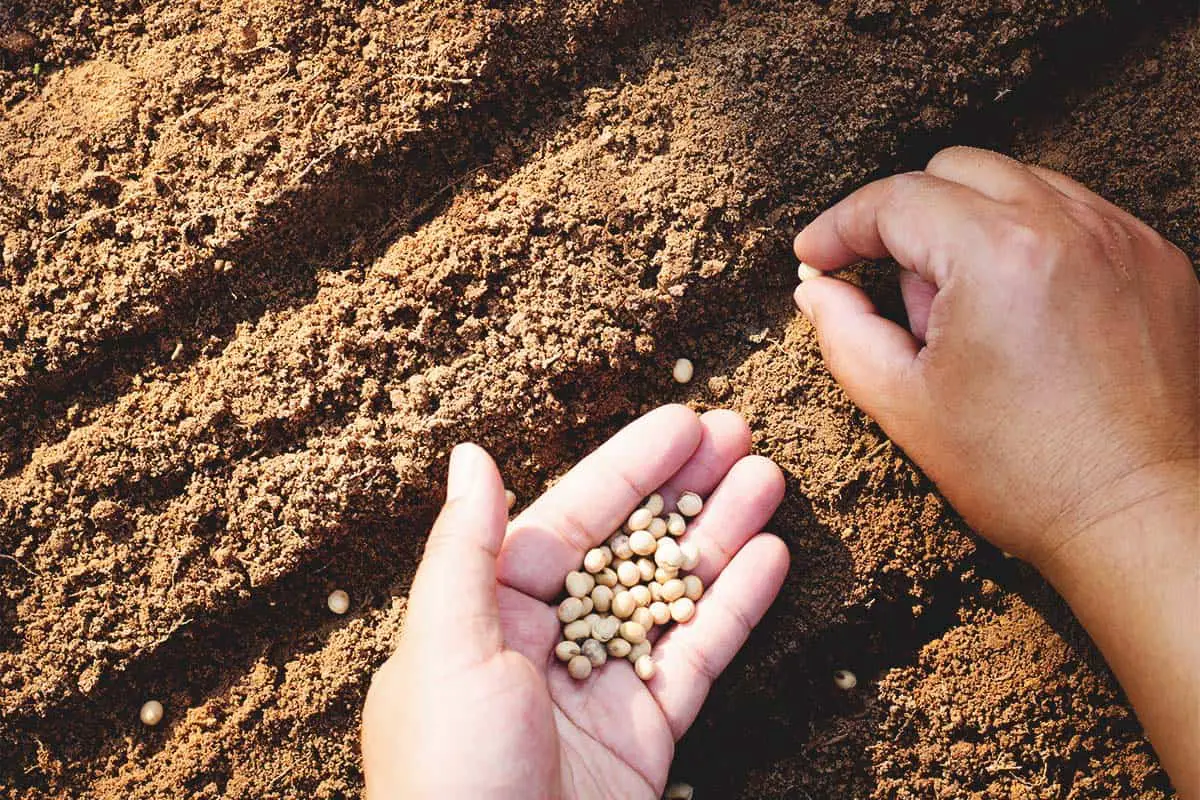
Step-by-Step Guide to Conduct Seed Viability Testing
Sample selection
Before conducting seed viability testing, it is important to ensure representative seed samples are selected. Randomly gather seeds from different parts of the seed lot, ensuring that the sample is an accurate reflection of the entire batch.
Preparation of seed samples
Once the seed sample is selected, it needs to be prepared for testing. This may involve removing any contaminants, damaged seeds, or non-seed materials to ensure accurate and reliable results.
Testing procedures for different methods
Each seed viability testing method has its own specific procedures. Follow the instructions for the chosen method carefully, ensuring that all necessary equipment and materials are prepared. Properly control environmental conditions to ensure accurate testing.
Interpreting test results
Interpreting test results requires comparing the obtained data with established viability thresholds for the specific crop being tested. Results can be analyzed for germination rates, color changes, fluorescence intensity, or DNA alterations, depending on the testing method used. Careful interpretation of test results will provide valuable insights into the viability of the seed batch.
Choosing the Right Seed Viability Testing Method
Considerations for different crops
Different crops may require different seed viability testing methods due to variations in their genetics, seed size, and germination characteristics. Consider the specific requirements and traits of the crop being tested when selecting a suitable testing method.
Cost and time efficiency
The cost and time required for seed viability testing should also be taken into consideration. Some methods may be more cost-effective and yield faster results than others, depending on the scale of testing and available resources.
Accuracy and reliability
The accuracy and reliability of the testing method are crucial factors to consider. Choose methods that have been scientifically validated and proven to provide consistent and accurate results. Consult with experts or refer to established research and guidelines to ensure the selected method meets industry standards.
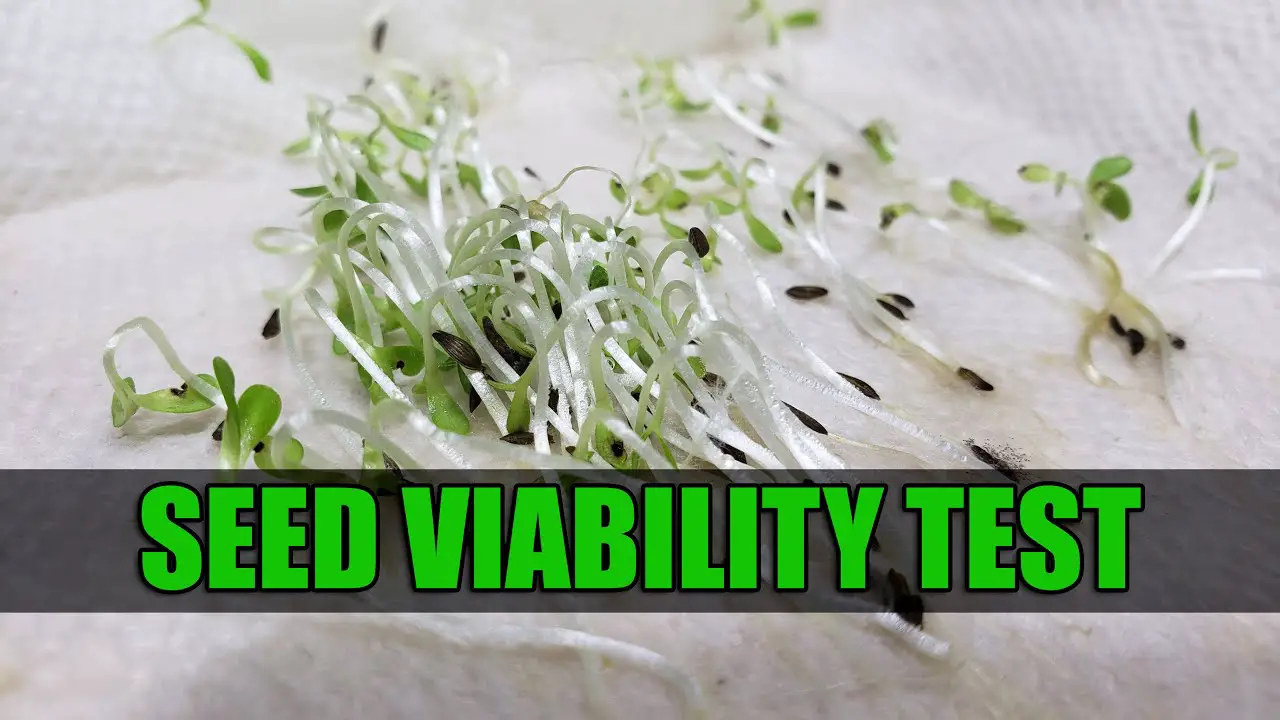
Common Challenges in Seed Viability Testing
Contamination issues
Contamination is a common challenge that can affect the accuracy and reliability of seed viability test results. Contaminants such as fungi, bacteria, or other foreign materials can interfere with seed germination or alter the test outcomes. Proper sterilization and cleanliness protocols should be followed to minimize contamination risks.
Interpreting ambiguous results
Certain seed viability test results may be ambiguous or difficult to interpret. Factors such as natural seed dormancy or genetic variability can influence test outcomes. In such cases, it is advisable to consult with experts or conduct additional tests to obtain more accurate and conclusive results.
Standardization of testing protocols
Standardization of seed viability testing protocols is essential for ensuring consistency and comparability of results. Lack of standardized protocols can result in variation between different laboratories or testing facilities. Collaborative efforts among researchers, seed producers, and regulatory bodies are necessary to establish and promote standardized testing protocols.
Importance of Regular Seed Viability Testing
Preventing crop failure
Regular seed viability testing is crucial for preventing crop failure. By identifying low-viability seeds before planting, farmers can avoid wasting time and resources on non-productive plants. This proactive approach minimizes the risk of crop failure and ensures the success of agricultural operations.
Optimizing seed usage
Seed viability testing allows farmers to assess the quality of their seeds and optimize their usage. By identifying high-viability seeds, farmers can allocate their resources more efficiently, ensuring that only the best seeds are planted. This saves valuable time, effort, and money, ultimately leading to higher crop yields and profitability.
Maintaining seed quality
Regular seed viability testing helps in maintaining the overall quality of seed stocks. By periodically assessing the viability of stored seeds, farmers can identify any potential deterioration or decline in quality. This knowledge enables them to take necessary steps, such as retesting, adjusting storage conditions, or sourcing fresh seeds, to maintain high-quality seed stocks for future plantings.
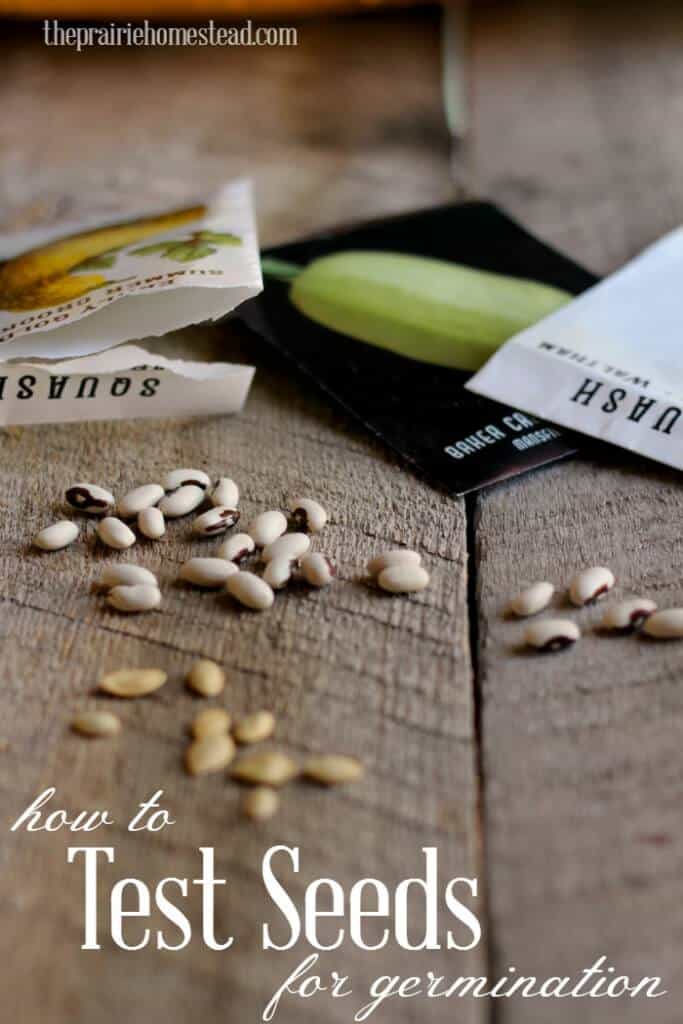
Future Trends in Seed Viability Testing
Emerging technologies
The field of seed viability testing is continuously evolving, and emerging technologies are being explored to improve accuracy and efficiency. Advances in imaging techniques, machine learning, and artificial intelligence are expected to revolutionize seed viability testing, allowing for faster and more precise assessments.
Automation and robotics
Automation and robotics are also expected to play a significant role in the future of seed viability testing. By automating various testing procedures and utilizing robotics for sample processing, seed viability testing can be streamlined, reducing the need for manual labor and increasing throughput.
Integration with genetic testing
The integration of seed viability testing with genetic testing holds immense promise for future advancements. By combining genetic analysis with viability assessments, farmers can gain insights into the genetic potential and performance of their seeds. This integration could enable personalized seed selection and breeding strategies, leading to improved crop varieties.
Conclusion
In conclusion, seed viability testing is essential for farmers to ensure the quality, viability, and performance of their seeds. By considering factors such as genetics, environment, and storage conditions, farmers can choose suitable testing methods. Traditional methods like germination testing, TTC test, cutting test, and visual assessments provide valuable insights. Advanced techniques like accelerated aging, electrical conductivity, DNA-based testing, and fluorescence-based testing offer more accurate and rapid results.
Following a step-by-step guide, farmers can conduct seed viability testing effectively and interpret test results accurately. By choosing the right testing methods based on crop considerations, cost efficiency, and accuracy, farmers can optimize seed usage and prevent crop failure. However, challenges such as contamination, ambiguous results, and standardization must be addressed. Regular seed viability testing helps prevent crop failure, optimize seed usage, and maintain seed quality.
The future of seed viability testing holds exciting possibilities with emerging technologies, automation, and integration with genetic testing. Continuous research and development efforts are necessary to harness the full potential of these advancements. In conclusion, seed viability testing is a vital tool for farmers, enabling them to make informed decisions and achieve successful crop outcomes.
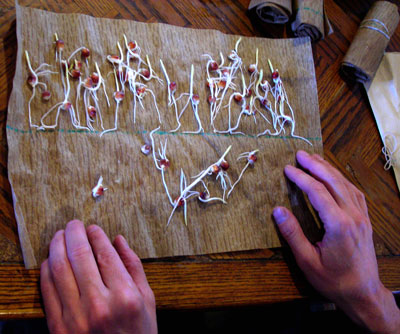
This post may contain affiliate links which means I may receive a commission for purchases made through links. Learn more on my Private Policy page.

